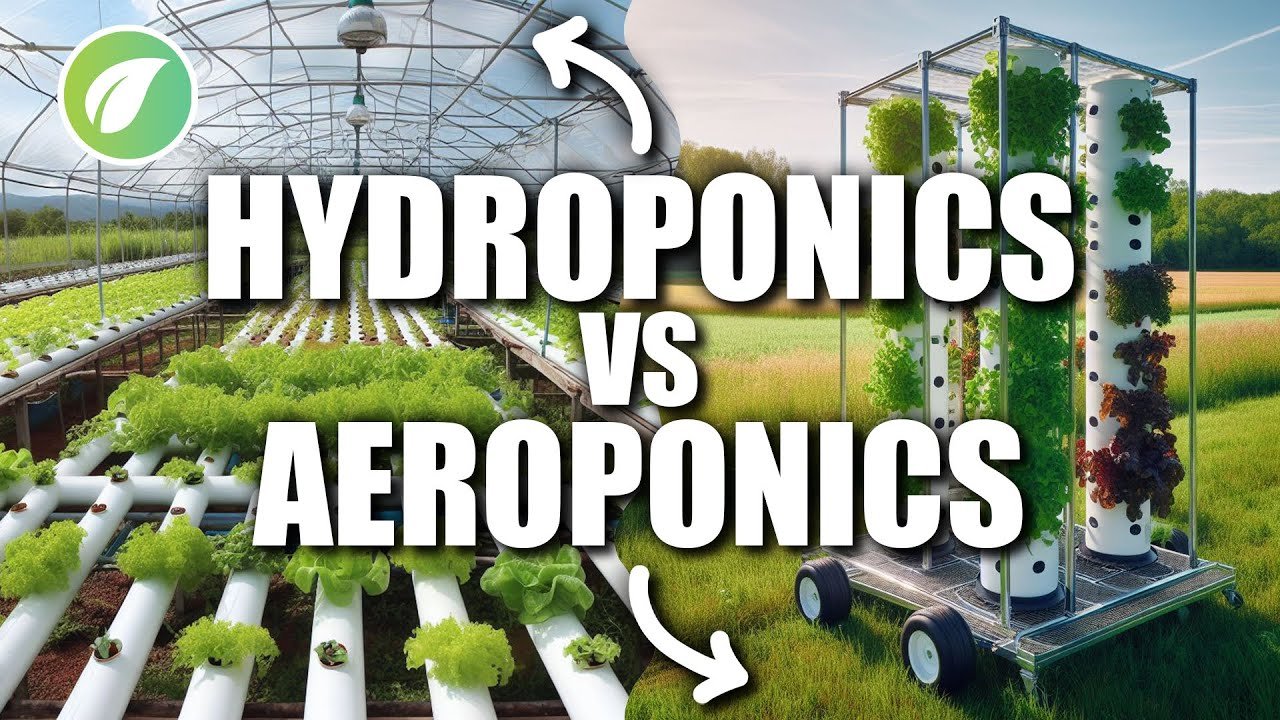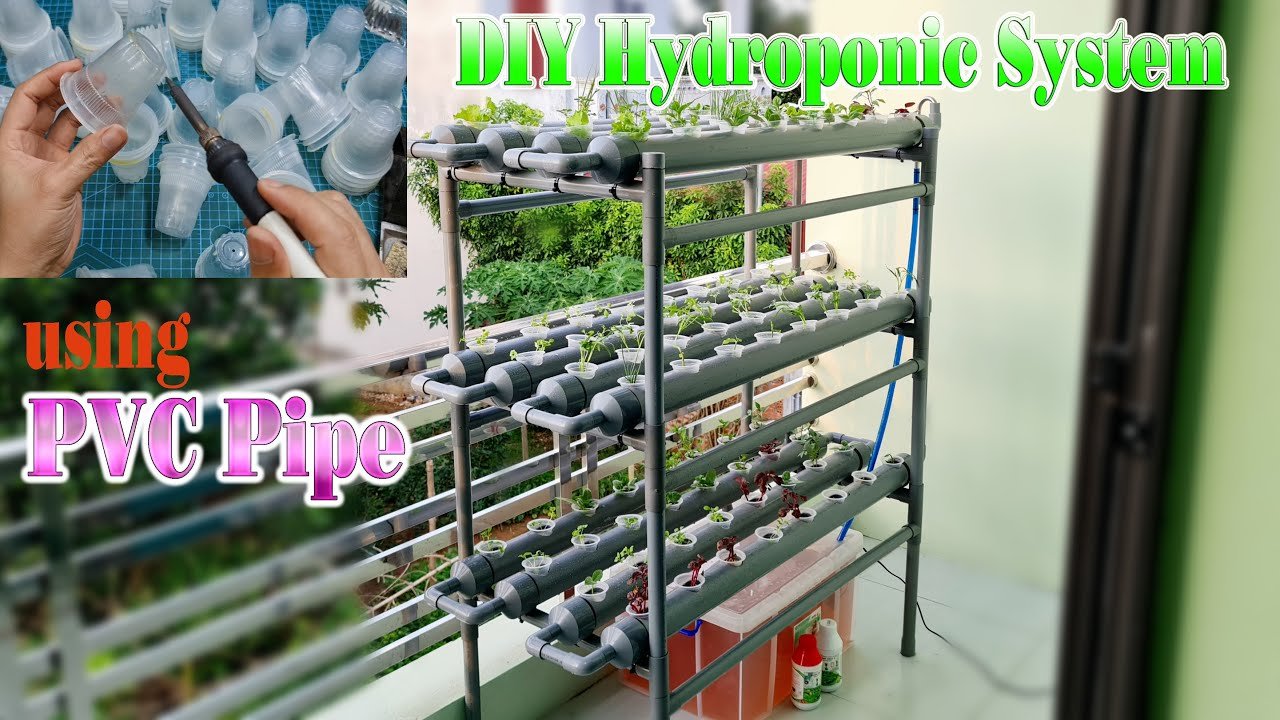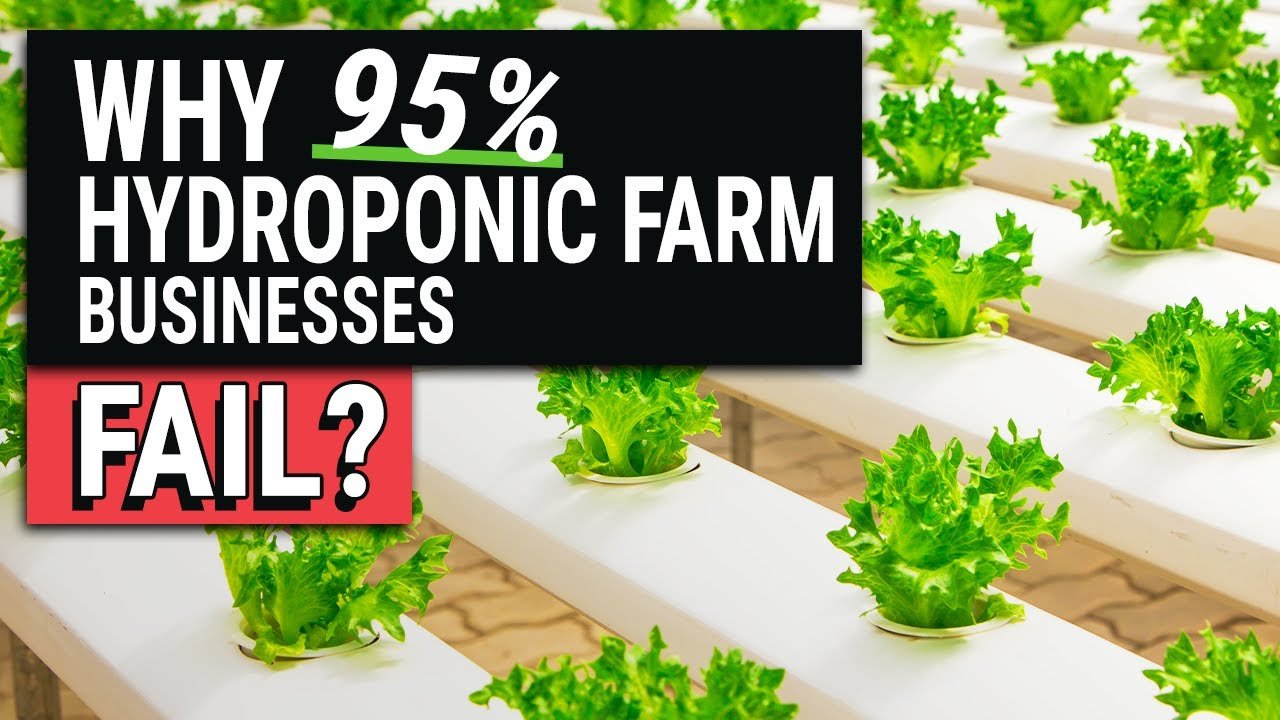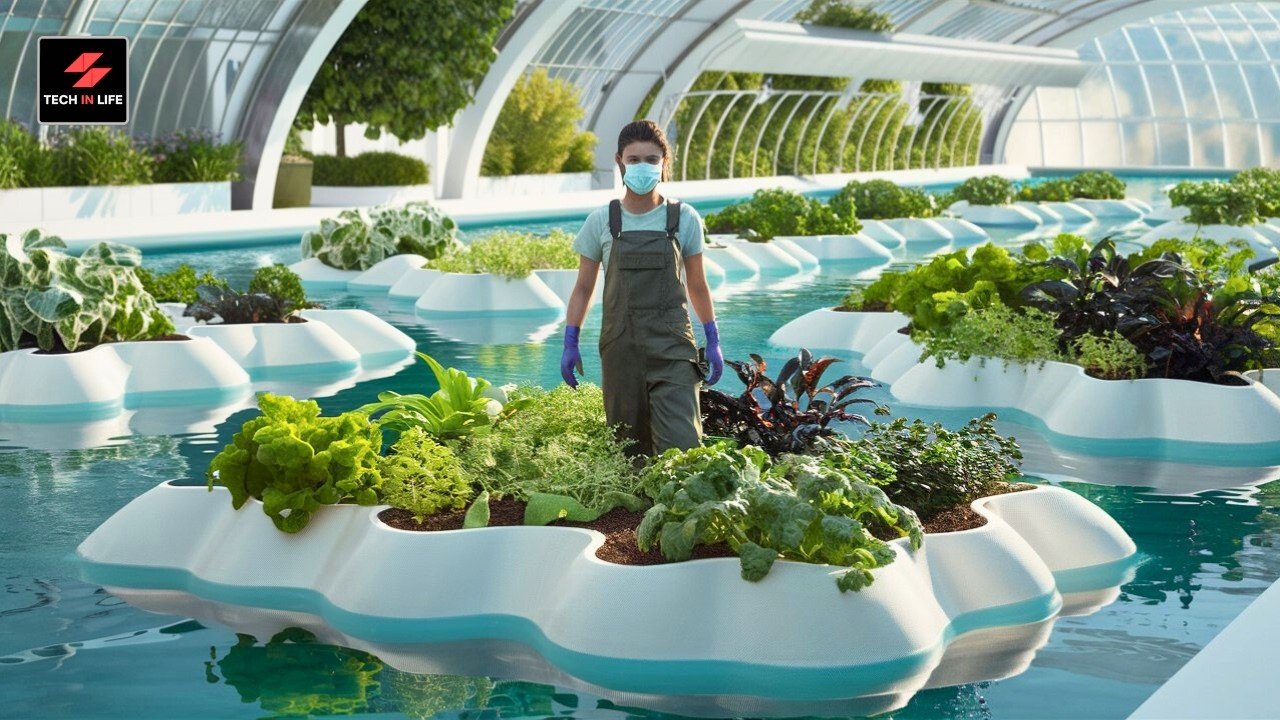The Tomato Chronicles: A Hydroponic Adventure
If you’ve ever thought about diving into the world of hydroponics, let me tell you, it’s quite the ride. Picture this: it was a Saturday morning, sunlight filtering through the oak trees in my backyard, and I was sipping coffee, staring at my empty vegetable patch. I’d sworn I’d have tomatoes sprouting up like magic by now, but after last year’s disaster with traditional gardening—too much rain, too many pests—I was desperate for a new angle. That’s when hydroponics came calling, or at least, tugged at my curiosity like a persistent toddler.
The Big Idea
In a fit of inspiration fueled by online videos and a bit of late-night Googling, I decided that an aquaponics system would be my gateway to homegrown tomatoes without the dirt. Now, don’t get me wrong; I’ve spent many a summer knee-deep in soil, but the thought of clean, fish-boosted tomato plants sounded like pure magic. Plus, my kids loved the idea of having fish swimming around our yard. Who wouldn’t want their own mini ecosystem?
After a quick rummage in the shed, I unearthed some old PVC pipes left over from my ill-fated attempt at building a birdhouse. “This could work,” I thought, my imagination churning. I pictured tomatoes climbing along the pipes, roots dangling into a basin of water, and a few fish zipping around below it all. It was a scene straight out of a gardening utopia.
Early Missteps
In my excitement, I sped through the planning stage as if the thing would build itself. I grabbed a used fish tank I found on Facebook Marketplace—a green monstrosity that smelled like last week’s fish fry. “This will do,” I assured myself, holding my nose at the thought of the scrubbing that awaited me. After a weekend of scraping and washing, I had a somewhat respectable tank that was ready for its inhabitants.
Now came the fun part: fish shopping. Armed with an old bucket and a half-caff coffee buzz, I went to the local pet store. The kid behind the counter must have thought I was a softy because he sold me on some beautiful goldfish that I just “had” to have. “They’re hardy,” he said, and oh boy, was he right. I later learned that “hardy” translates to “will survive a week in questionable water conditions.”
Back at home, I thundered through the assembly. Drilling holes in the PVC with a handheld drill felt like a rite of passage. But let me tell you, if you’ve never felt the exhilarating thrall of accidentally shooting the drill through a board and almost losing a finger, you haven’t lived. After an afternoon of cursing and a bit of trial and error, the setup was complete. I felt like a champion. “Look at me, I’m a hydroponic pro!” I thought, blissfully unaware of what lay ahead.
The Dirty Truth
Here’s where things started to get… murky. After filling up the tank, I tossed in some aquarium starter stuff to kick things off. “Perfect!” I thought, only to find within a couple of days that the water had taken on the hue of a swamp. “What on God’s green earth is happening?” I muttered, peering into the tank. The fish swam lazily, oblivious to my growing panic. They seemed fine, though—honestly, I was more concerned about the aesthetic appeal of my “dream garden.”
Attempting to salvage my enthusiasm, I crafted a DIY nutrient solution using everything I’d read online. Plans shifted again. What I had originally envisioned as a glorious aquaponics system began to look like a fishy science experiment gone wrong. My friends all rolled their eyes when I recounted my woes over coffee. “How hard can this be?” I kept asking myself.
After a particularly frustrating week—my original goldfish suddenly floating belly-up and the water smelling worse than a high school locker room—I almost threw in the towel. The tank had turned into a grim reflection of my failing hydroponic ambitions. But the thought of those glorious tomatoes kept me going.
The Turning Point
Just when I felt like giving up, I decided to revamp my approach. Instead of just relying on goldfish (sorry, Goldie), I dug into composting methods I’d been too ambitious to consider before. I mixed in homemade compost from my kitchen scraps—citrus peels and all—and, miraculously, things started to shift.
Within weeks, the water cleared up, and the aroma level rose significantly from “death” to “freshly cut grass.” I added some better-tailored fish—a few tilapia, noting that they were better suited for this hydroponic system. Seeing them scoot around brought a lightness back to my spirits. With just the right nutrients flooding the system, the tomatoes finally started to pop. Tiny green orbs turned into thriving fruits, beckoning for their moment to shine.
A Rewarding Journey
Fast forward to late summer, and I found myself standing in my backyard, a very real tomato in hand, splashed in that lovely summer sunlight. Their shape was imperfect, squishy in all the right ways. And then, the kids gathered round, their eyes widening. “You did it, Mom!” they squealed, their excited hands reaching out as they plucked the gems off the vines.
Getting to that moment was a bumpy journey, but one that was worth its weight in tomatoes. It taught me that creativity sometimes involves healthy doses of failure, mess, and what-the-heck moments. If you’re thinking about doing this, don’t worry about getting it perfect. Just start. You’ll figure it out as you go. Who knows? You might just find joy in the chaos, and maybe even a few delicious tomatoes along the way.
So, if you’re ready for a messy adventure in gardening or have your own craziness to share, join the next session! Reserve your spot here. Let’s dive into this wild world together!







Leave a Reply